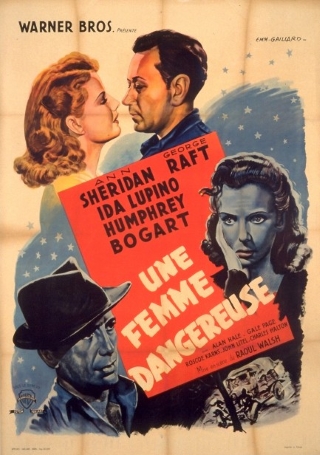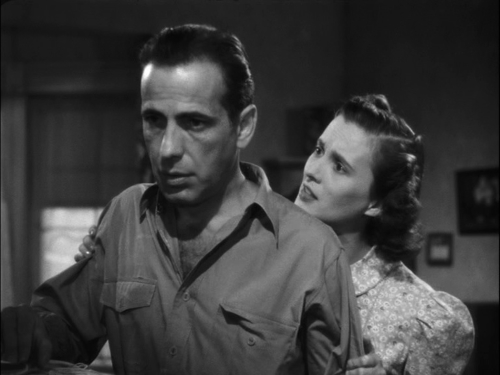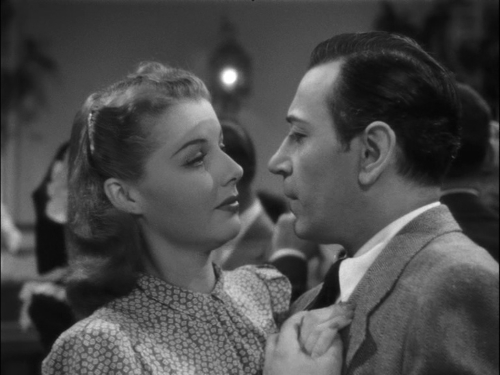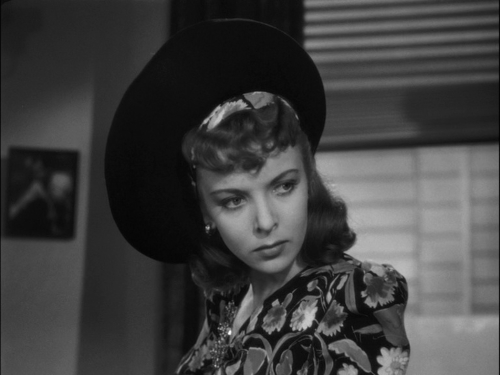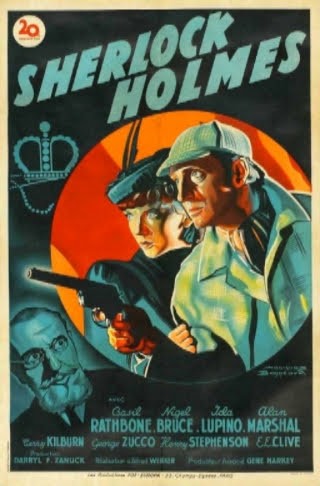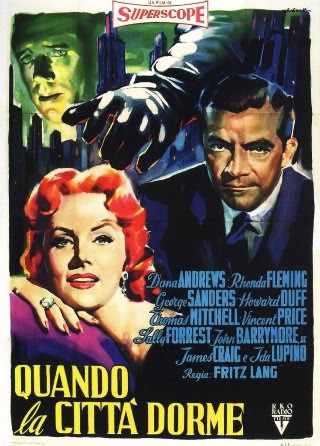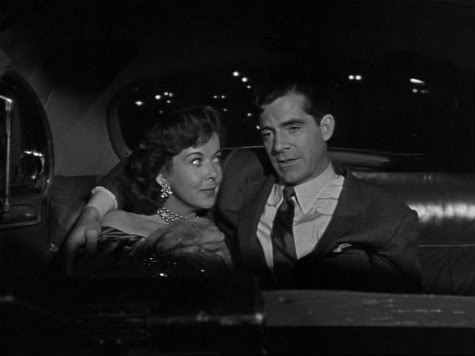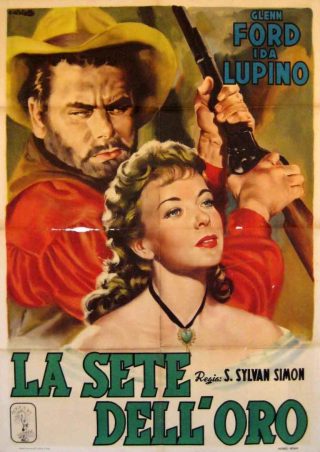Warner Brothers made some of the most socially aware movies of the classic era, not in a preachy or even a condescending sense but in a way that was both matter of fact and humanitarian at the same time. This aspect of the studio’s output was particularly apparent throughout the 1930s and it provided a sound base on which to establish their characteristic gangster films. That classic gangster cycle was effectively brought to a close by Raoul Walsh’s magisterial The Roaring Twenties. The following year Walsh cast two pivotal figures from those seminal crime movies in major roles in They Drive by Night (1940), a film whose very structure represents something of a bridge between the strong social conscience material of the previous decade and a smoother kind of melodrama that hinted at a noir sensibility.
Movies based around the exploits and experiences of truck drivers are pretty common, from Racket Busters to Thieves’ Highway, The Wages of Fear and Hell Drivers to The Long Haul. That last movie, a British picture with Victor Mature and Diana Dors, shared the same title, but nothing more, as the A I Bezzerides novel from which They Drive by Night was adapted. There is a certain in-built romance to any kind of road movie, the notion of man and machine blazing trails and running into crime, corruption, or maybe just lousy luck has plenty of storytelling potential. There’s also the opportunity to examine the hardships involved, all the mundane little trials that come with such a typically working class job. That’s how this movie starts out, following the exhausting, insecure and poorly rewarded toil of two brothers trying to eke out a living hauling whatever loads are handed to them. They are Joe and Paul Fabrini (George Raft and Humphrey Bogart respectively), bleary-eyed, grimy, short of cash and never more than a tip-off or a fast dodge ahead of their creditors. Even so, there’s a tough integrity to their poverty, the wisecracks serving as a cloak of modesty for the determination and ambition honed and tempered by long years on the road.
The first half of the movie traces a true but bumpy and incident strewn path towards Joe Fabrini’s ultimate goal, with just the same steely focus as the character himself shows as he hugs that white line night after night. It feels like one long ride, broken occasionally by stop-offs at cheap boarding houses, gas stations and roadside diners peopled with braggarts, lechers and brawlers, quick with a quip yet as close knit and proud as only the downtrodden can be. This section is dominated both by the to and fro over what might be termed the work-life balance between the Fabrini brothers, and also a burgeoning romance between Joe and Cassie (Ann Sheridan), a short order waitress. Two other major characters, restless vamp Lana Carlson (Ida Lupino) and her rambunctious and incorrigible husband Ed (Alan Hale), are introduced. Ed is an old friend of Joe’s who has made good and is living in the kind of luxury he hasn’t yet managed to get a handle on. Lana also knows Joe from way back, and she’s very keen on not only renewing the acquaintance but on seeing it develop into something much more intimate. However, this strand is only fully explored in the latter half of the film.
Everything changes dramatically, the direction of the story and the whole tone of the movie, after a serious accident quite literally takes the Fabrinis off the road. It opens up an opportunity for Joe to strike out on an alternative route to success, and it also presents an opportunity for Lana as she gets to thinking she might be able to rid herself of the husband she’s grown to despise and simultaneously sate her desire for Joe. In an ironic twist, the trappings of wealth and prosperity that Ed has surrounded himself with to facilitate the high life are shown to be capable of bringing that life to a swift and premature end. After another evening of boozing and ribaldry, Lana feels humiliated and frustrated enough to act – it only requires her to take a short walk on a quiet night and thus commit murder by remote control. Could this be the perfect crime?
Walsh handles the story with typical vigor, bridging the stylistic divide over the course of the movie with aplomb so that the changing circumstances feel authentic. The early scenes have a real flavor of the 30s about them, full of Depression-era energy and snappy, wisecracking dialogue, while Raft, Bogart and Sheridan get the lived-in feel of their characters down pat. Raft is very assured, arguably his Joe Fabrini is too sure of himself, to the point where it is going to come back and bite him. Sheridan is at her best in the diner sequence, tough and sassy, trading one-liners with the customers and more than holding her own. Bogart could always play it soulful when necessary and he’s good value till the script sees him effectively sidelined. The second part of the story looks ahead to the type of movie that would become increasingly common in the 1940s, and it is this section where Ida Lupino comes into her own. She switches smoothly from acid to sugar depending on the person she happens to be dealing with and her desperation to conceal a trashy background and move in more genteel circles is almost a living thing. That barely disguised dissatisfaction grows steadily, driving her to crime and ultimately consuming her body and soul. The physical transformation she achieves by the time of the famous courtroom meltdown is quite remarkable.
The movie, or its latter stages at any rate, see it flagged as an early film noir by some. Admittedly, there is a touch of that about it, but there’s no more than a suspicion really. It’s a solid melodrama with a crime and jealousy angle and there is no need to hang any other labels on it. The triangular romance and the betrayal this provokes, those illicit, murderous passions stirred into life amid a tough working environment are said to be an echo of the earlier Bordertown, a film I have not seen, and there are points of similarity to be discerned in the later Blowing Wild. Leaving aside genre descriptors and links to other movies, They Drive by Night is a fine picture, an involving, well-crafted piece of work that showcases the ease with which Raoul Walsh seemed to make great films. It is unmistakably a Warner Brothers production, a first rate Raoul Walsh movie and a genuine classic.
